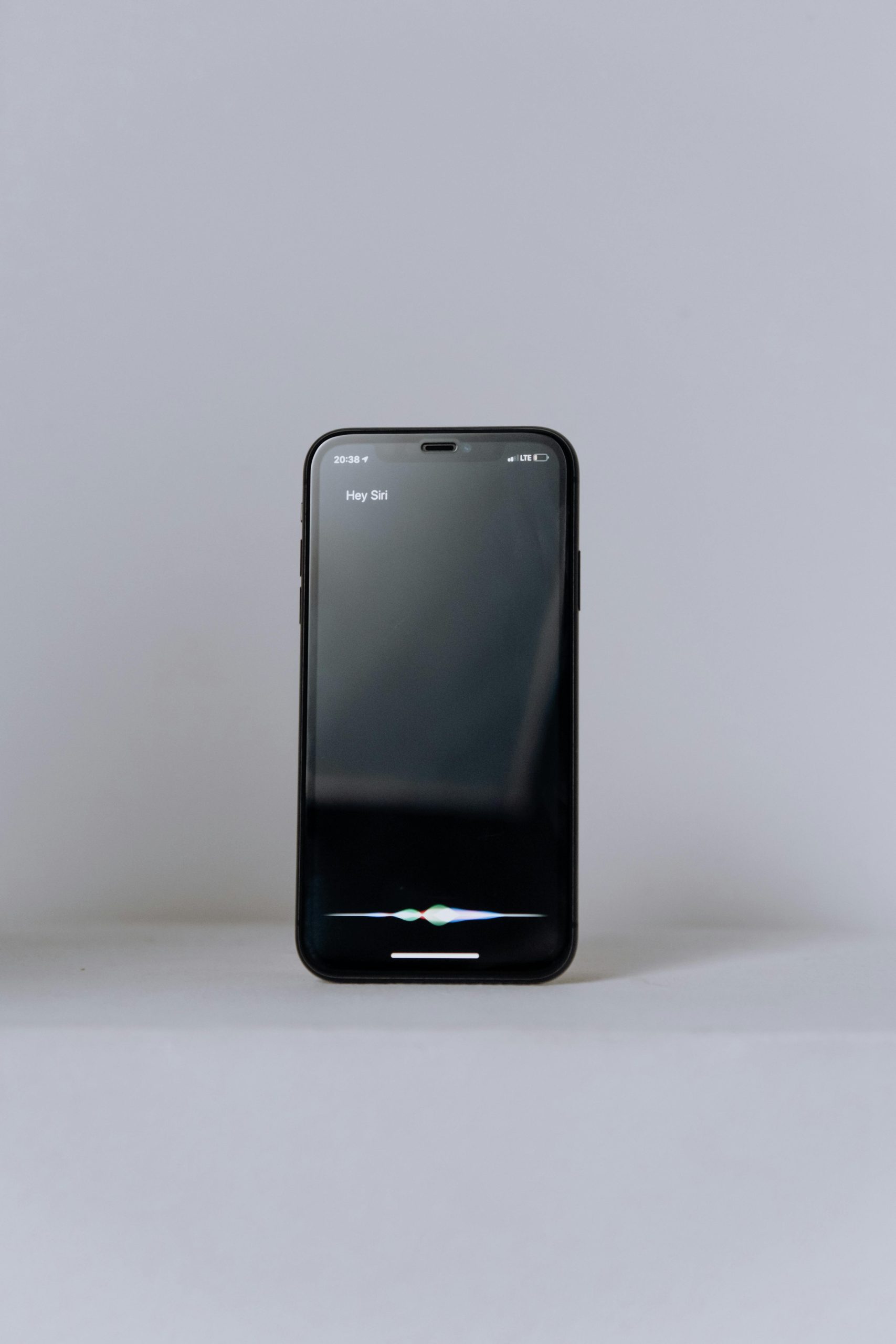Navigating Creative Challenges with GPT: A Reflection on Its Evolution
In the ever-evolving landscape of AI tools, we often find ourselves reassessing their capabilities and limitations. Once heralded for their potential in generating ideas and streamlining planning processes, models like GPT have faced significant scrutiny in light of recent updates. This post explores the changes I’ve observed in AI tools, particularly GPT, and how they continue to impact our creative and professional workflows.
The Rise and Fall of GPT’s Effectiveness
Previously, GPT was a dependable ally in the brainstorming and planning phases of various projects. It was a valuable resource that helped truncate complex ideas into concise, powerful phrases suitable for business documentation and beyond. However, as newer iterations have emerged, I’ve found the utility of GPT to have been compromised significantly.
A Shift in Performance
The initial allure of GPT lay in its ability to generate coherent, creative responses. Unfortunately, current versions seem to struggle with maintaining consistency and accuracy. Here’s a glimpse into the current limitations I’ve experienced while using GPT:
- Frequent Inaccuracies: The suggestions often veer into realms of fabrication or fail to address the request fully.
- Feedback Mechanism: When incorrect suggestions are pointed out, there’s an acknowledgment of the mistake, but the remedy frequently falls short.
- Limited Improvement: Following the acknowledgment, the tool may still revert to errors, seemingly unaware of the reason behind its previous failings.
- Excessive Guidance: Instead of providing straightforward solutions, it frequently redirects users to other resources, suggesting that much of the creative heavy lifting should be done independently.
Rethinking the Approach
Given these challenges, it’s essential to reconsider how we utilize these AI tools. One potential way forward is to use them as mere catalysts for inspiration or initial ideation, rather than expecting comprehensive solutions. While I once leaned heavily on GPT for crafting concise business documents and evolving ideas, it appears that creative individuals must now take on a more hands-on role in the outcomes they seek.
Conclusion: Adapting to Change
As AI technology continues to evolve, it’s crucial to adapt our expectations and methods. Though recent developments with GPT have led to a diminished capacity for straightforward assistance, this doesn’t mean that our creative processes are hampered. Rather, we should view these tools as a starting point for brainstorming, allowing us to refine and shape ideas with our expertise. In this dynamic environment,










Leave a Reply